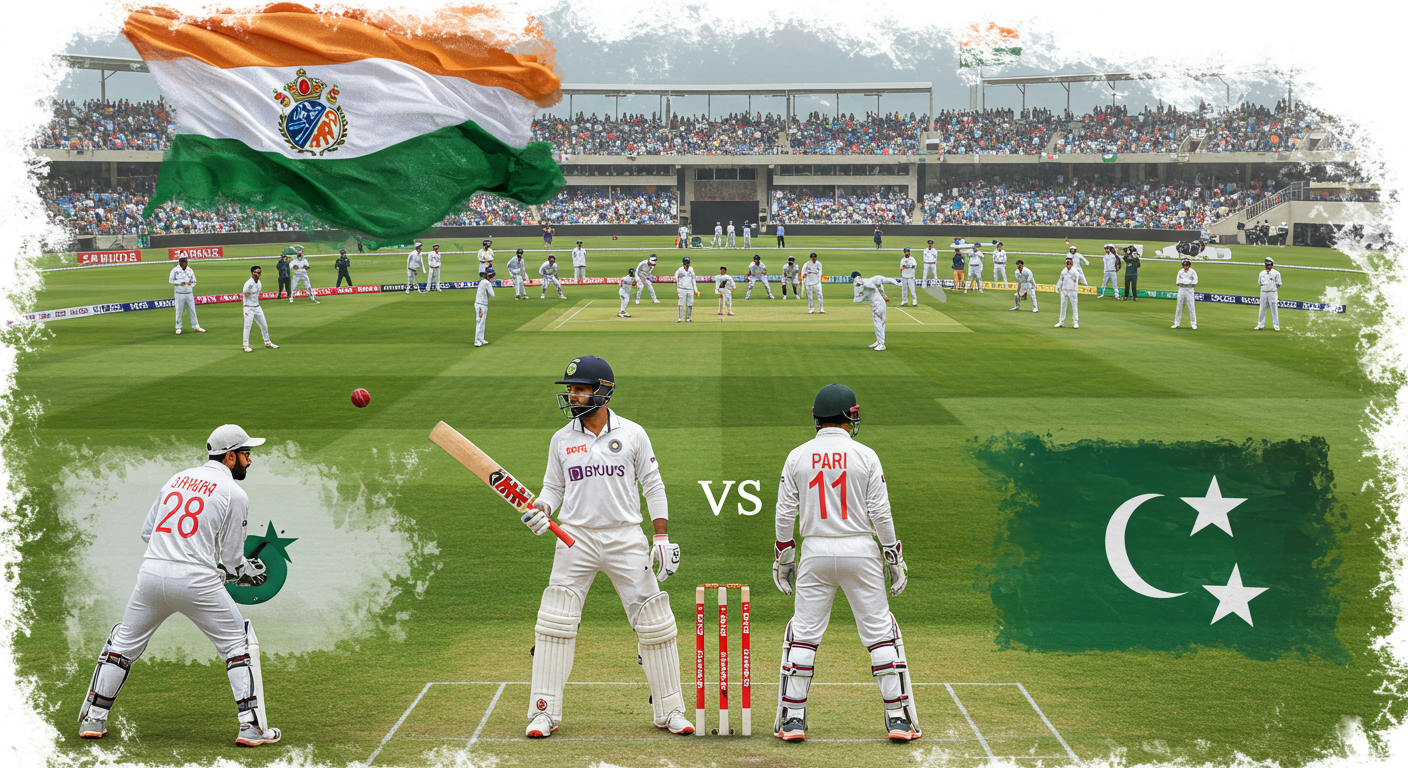Pakistan Departmental Cricket Teams: A Deep Dive into Domestic Prowess

Pakistan Departmental Cricket Teams: A Deep Dive into Domestic Prowess
Pakistan’s departmental cricket teams are a vital cog in the nation’s cricketing machine. More than just feeder leagues, these competitions cultivate talent, test strategies, and contribute significantly to the overall health of the game. This article delves deep into the history, structure, and importance of these teams, exploring their impact on Pakistan’s cricketing landscape.
Pakistan’s departmental cricket, often overlooked in the shadow of international matches, boasts a rich history. These teams represent various government departments and organizations, providing a platform for talented players to hone their skills and rise through the ranks. From bustling city cricket grounds to the less-publicized tournaments, this aspect of Pakistani cricket often showcases emerging stars who later grace the national stage.
A Framework of Competition
Understanding the structure of these competitions is key. The competitions are typically organized regionally, often with teams representing various provinces or cities. This creates a competitive environment where players from different backgrounds and departments clash, fostering camaraderie and fierce rivalry. This localized structure often fuels a sense of pride and intense competition amongst the teams. Crucially, the departmental structure provides a consistent platform for players to gain experience in varying formats, whether it’s limited-overs or Test matches.
The Evolution of Talent
The influence of departmental cricket on Pakistan’s national team is undeniable. Many prominent Pakistani cricketers have emerged through these competitions, often showcasing their potential in a controlled environment where they can refine their craft. The developmental opportunities these competitions offer often turn raw talent into seasoned performers.
Beyond the Numbers: The Cultural Significance
Beyond the statistics, these competitions often have deep cultural significance. They represent a vital link between communities, uniting individuals through the passion of cricket. The thrill of the game, the camaraderie among teammates, and the sense of belonging within their local departments become part of their cricketing identity. This is not simply about playing cricket; it’s about building relationships, fostering teamwork, and cultivating a passion that transcends the boundaries of the playing field.
The Impact of Coaching and Development
Many departmental teams actively involve dedicated coaches and trainers, ensuring that players receive structured training programs. This dedicated attention fosters a clear path for development, guiding players toward refining their skills and improving their strategic thinking. This dedicated coaching infrastructure plays a crucial role in the overall growth and success of many Pakistani players, regardless of their eventual success within national teams.
An In-Depth Look at the Formats
Departmental competitions often encompass a range of formats: from Twenty20 (T20) matches for faster-paced action to One Day Internationals (ODIs) and even the demanding format of Test matches. This variety of formats allows players to develop a wide range of skills, from aggressive T20 batting to the measured approach required in Test cricket. These diverse experiences are essential in honing the skills needed for various playing conditions and strategies.
Challenges and Opportunities
While these competitions are vital, challenges do exist. Resource disparities between teams, inconsistent scheduling, and sometimes, the lack of adequate infrastructure can hinder the development process. Addressing these issues through targeted investment and standardized practices would improve the quality and accessibility of these competitions. However, the potential for growth remains significant. The opportunities for developing talented players into national-level performers are enormous and should be capitalized on.
How to Improve the Leagues
Significant improvements can be achieved by introducing structured coaching programs across all teams, providing more accessible facilities, and introducing clearer criteria for player selection and promotion. Improved communication between different governing bodies at the provincial and national levels will also improve the overall structure of these competitions and increase their impact on developing future cricket stars. The introduction of more competitive leagues, even if at a provincial level, can fuel the fire of rivalry and encourage consistent participation.
The Influence on Pakistan’s Cricket History
Considerable attention should also be given to historical data and outcomes of departmental cricket matches, highlighting the players who have risen from these leagues and their contributions to Pakistan’s cricketing legacy. These records provide valuable insights into the long-term impact of departmental cricket. It serves as a historical document, a testament to the countless players who have shaped Pakistan’s cricketing identity, even if their names don’t grace the cover of every newspaper.
The Role of Sponsorships and Media Coverage
Increased sponsorship from private companies and organizations could provide more resources to improve facilities, training, and overall competitiveness. This would also help to increase media coverage, further highlighting the importance of departmental cricket and promoting the talented players within these competitions. Increased media coverage brings more eyes to the talent that is being developed. This, in turn, raises the profile of the entire system, ensuring greater interest and support.
Conclusion
Pakistan’s departmental cricket teams are not just about games; they’re about nurturing talent, fostering a sense of community, and building a future for Pakistani cricket. By addressing the current challenges, investing in infrastructure, and providing more structured coaching and development programs, Pakistan can ensure that these teams continue to be a critical engine driving the national game forward. They offer a vital bridge between local talent and international success, and their continuing vitality is critical to the future of Pakistan cricket.
Further Research
Further research into the historical impact of these teams, analyzing their contribution to successful national players, would provide invaluable insights into the long-term effectiveness of these competitions. Studying the different coaching approaches within various leagues and comparing their success rates could yield key learnings for the future.
Analyzing player trajectories from these departmental teams to national teams, and observing the specific skills developed through these experiences, will provide crucial data for improving the system. Incorporating these findings into player development strategies is vital to enhancing Pakistan’s cricketing prowess.